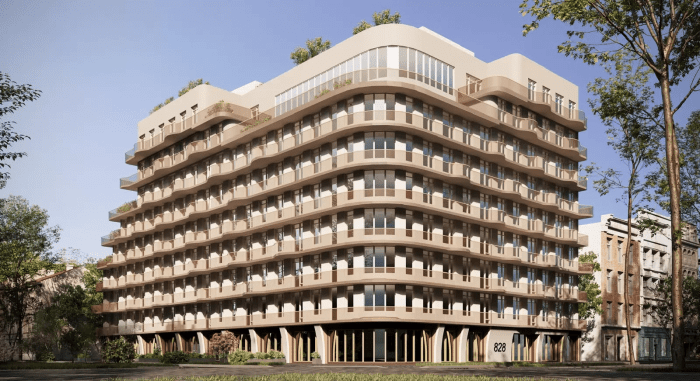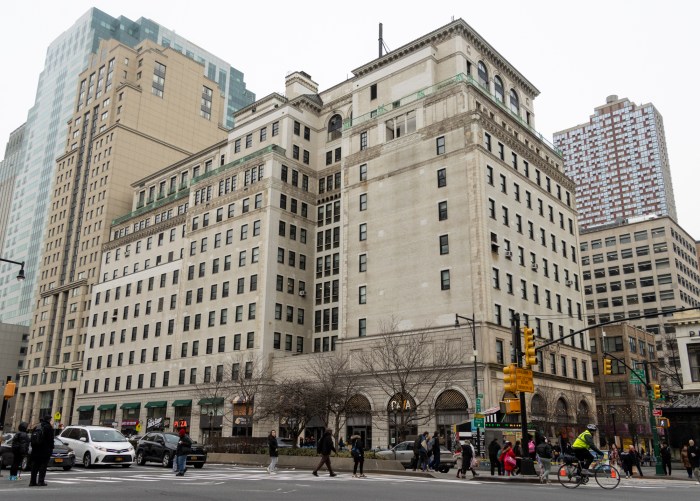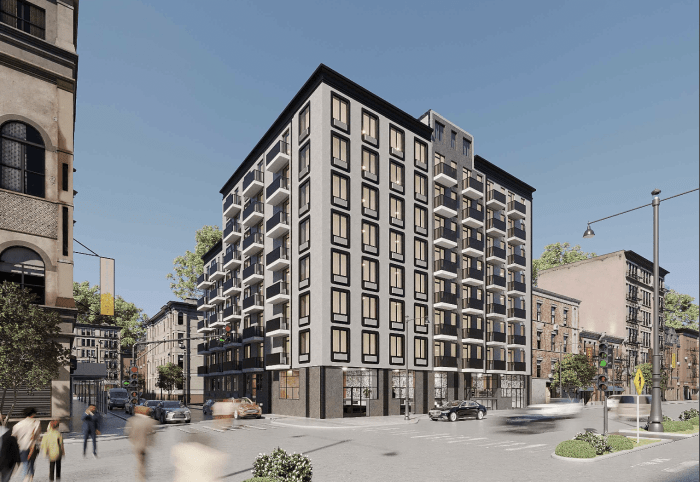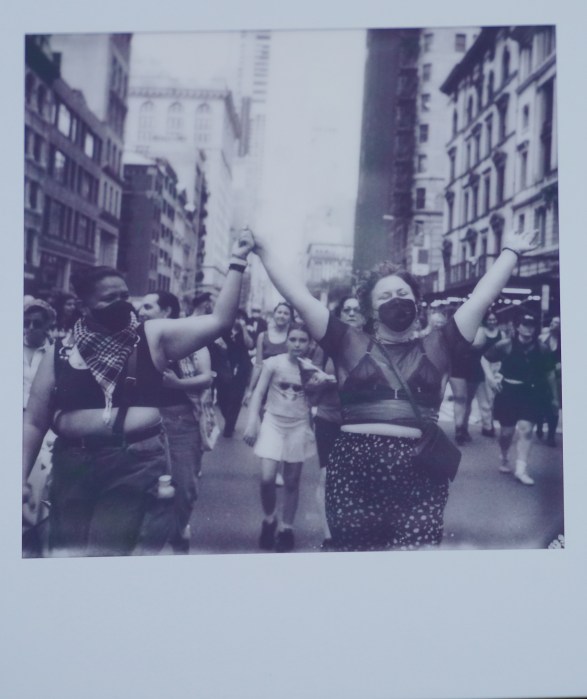The Brooklyn Edison building in Downtown Brooklyn got a step closer to its possible designation as an individual landmark on Tuesday, when it was the subject of a public hearing at the city’s Landmarks Preservation Commission meeting.
Three people spoke at the hearing: Jeffrey Kay, a representative of Muss Development which owns the bottom two levels of the 14-story building; Regina Meyer, the president of the Downtown Brooklyn Partnership; and Lucy Levine of the Historic Districts Council.
Kay and Meyer both urged the commission to take into account the active retail space on the ground floor of the building at 345 Adams St., and how landmarking would impact that space, while Levine voiced full support for designation.
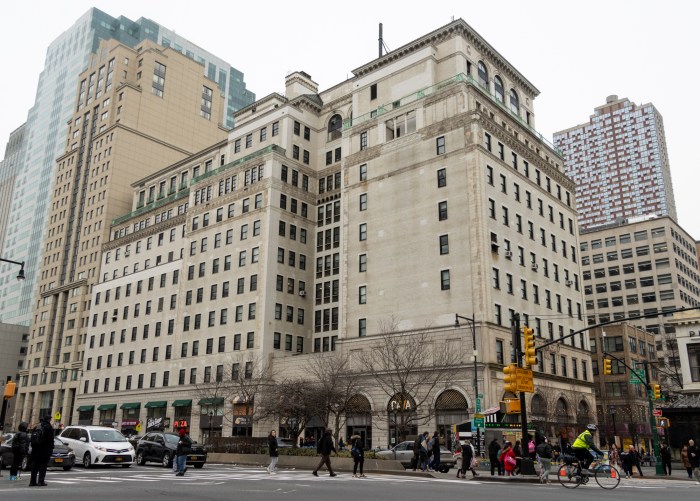
“The Brooklyn Edison building helps tell the story of Downtown Brooklyn’s illustrious commercial history,” Levine said. “The building’s Renaissance Revival grandeur expresses the ambition of the borough, at the same time historic changes made to the building, including changes to its siting that render the Adams Street facade more highly visible, articulate Brooklyn’s 20th century development to look at this building is to watch time pass over stone.”
The Renaissance Revival-style commercial building, which sits on a corner of Adams, Pearl, and Willoughby streets in Downtown Brooklyn, was designed by architects McKenzie, Voorhees and Gmelin and built between 1922 and 1926 for the Brooklyn Edison Company, according to LPC research department staff. In the 1950s, the buildings to the west of the Brooklyn Edison Building were demolished and the Adams Street facade became its primary one.
In 2008, Muss Development entered a contract with the city, which owned the entire building, to buy the first two stories. Kay said at the hearing that at the time, the building was “an eyesore” and covered in scaffolding. The organization, which is also behind the nearby Marriott Hotel, redid the storefront facade in 2009 mimicking the historic arches along Adams Street.
Kay said the city had chosen not to landmark the building, and while Muss Development had no obligation or requirement to create an historic replica on the storefronts, the company tried to get the arches as accurate as possible. “As developers, we’re very proud of the work we’ve done at 345 Adams St.,” he said, adding the goals were to enhance the streetscape, bring new life to the community, and create connections in the area.

If the building is to be landmarked by the LPC, Kay said “Muss Development needs as much flexibility as possible to attract and retain those tenants looking to come to Downtown Brooklyn,” given what he called a challenging and ever changing retail environment.
He said his organization would present a plan to the commission, “which acknowledges the current state of the building’s historical architecture on certain facades as well as the hard economic realities of creating a vibrant retail location here.”
Regina Meyer echoed Kay’s sentiments, saying “I really wanted you all to know how important it is to ensure that the active retail has become a really important part of this building and make sure you take that into account.”
On top of the importance of the building’s history, she said, 345 Adams St. is “vital” in the neighborhood as a “really important resource” and “important connector, bringing an active street presence to the neighborhood,” and providing much needed food options for lunch.
She said Downtown Brooklyn Partnership currently manages Willoughby Plaza, “working closely with the city of New York to provide a clean, attractive seating area and in the summertime we program the space with lunchtime concerts and evenings also.” She added that the group looked forward to continuing to support the space.
The city still owns the top 12 stories of the building, and LPC research department staff member Bilge Kose told commissioners that it continues to serve as an office building for city services. She said the Brooklyn Edison Building was central to the borough’s electrification and “stands as a testament to the transformative impact of technological advancement in electricity production on Brooklyn’s urban development.”
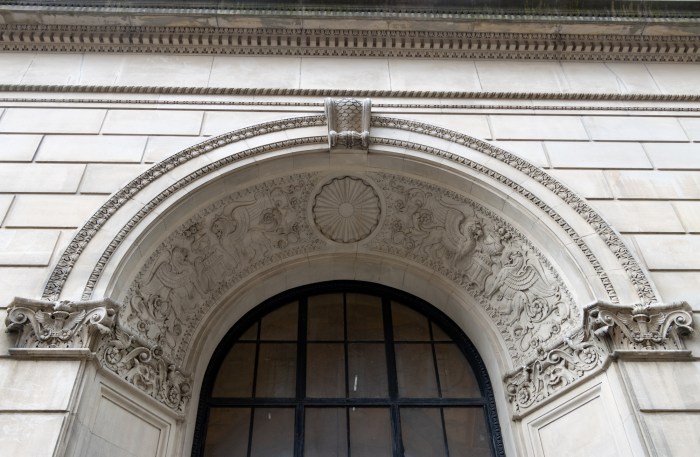
“Today, highly visible from Adams Street, Columbus Park, and Fulton Street, the architecturally and historically significant building continues to provide a monumental backdrop to Brooklyn civic center with elaborate Renaissance Revival style decoration and setback massing that recall the time of this construction,” she said. “Designed by one of the most prominent architectural firms in the city, the building became a hallmark in Downtown Brooklyn’s evolving urban setting.”
While commissioners didn’t voice their thoughts at the hearing, in a previous meeting on the building, commissioners Mark Ginsberg and Fred Bland did express some hesitation about landmarking the building, saying the now primary facade isn’t particularly attractive.
“I’m not totally convinced it should be individually landmarked when the major facade is an afterthought. Sometimes an afterthought is really beautiful, but I don’t find this one particularly so,” Ginsberg said. Bland agreed that “it’s not the most beautiful building we’ve ever seen of Renaissance style,” but added given its history and how it had changed in response to its environment it is worth further study and consideration.
The LPC will now schedule a vote on whether or not to designate the building as a landmark. If designated, the building would join the Offerman Building, Long Island Headquarters of the New York Telephone Company, New York and New Jersey Telephone and Telegraph Building, Brooklyn Fire Headquarters, First Free Congregational Church, and others as individual landmarks in Downtown Brooklyn.
This story first appeared on Brooklyn Paper’s sister site Brownstoner.










